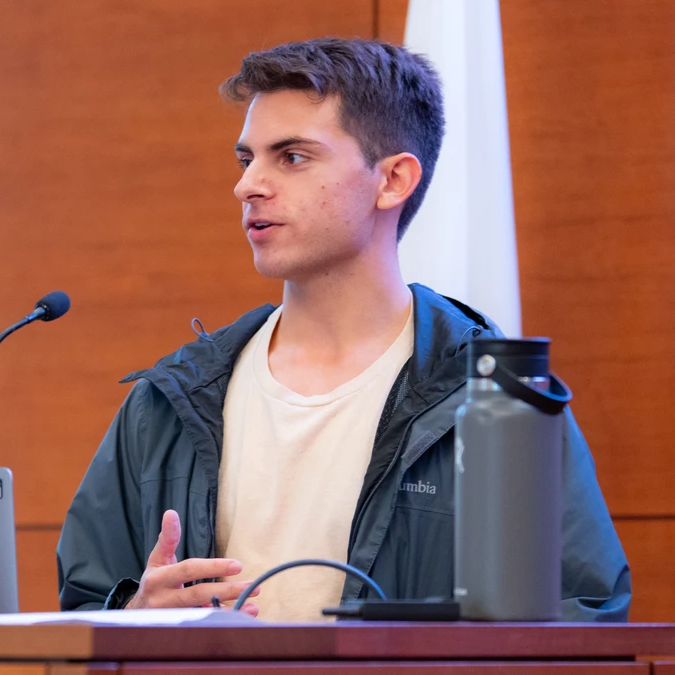Bio
My current research interests include machine learning, numerical analysis, partial differential equations/modeling, and scientific computing.
Positions Held
During my time on this project, my advisor (Dr. Yanlai Chen, UMassD) and I developed improvements on the training time of Physics-Informed Neural Networks (PINNs) in the context of multi-query simulations specifically for parametric partial differential equations (PDEs). We presented Generative Pre-Trained Physics-Informed Neural Networks, a brand-new meta-learning paradigm for parametric systems consisting of a shallow neural network whose activation functions are PINNs pre-trained at a judiciously selected system configuration of the PDE. The meta-network adaptively learns the parametric dependence of the system and grows its hidden layer one neuron at a time. In the end, by encompassing a very small number of networks trained at this set of adaptively selected parameter values, the meta-network can generate surrogate solutions for the parametric system across the entire parameter domain accurately and efficiently.
I participated in a summer research project at North Carolina State University where I was advised by Dr. Hangjie Ji, co-advised by members of the physics and mathematics department, and collaborated with other undergraduates from the University of Missouri–St. Louis and Marist College to work on the modeling of liquid metal dynamics. In this project, my team and I modeled the flow of a liquid metal called Eutectic Gallium-Indium (EGaIn) traveling down an inclined plane under an applied electric field. We presented a one-dimensional lubrication model for the dynamics of an EGaIn which incorporated several relevant physical effects such as oxidation, capillary action, diffusion, gravity, and Marangoni effects. In addition to these, we also incorporate the effects of the electric field, both through electric forces and changes in oxidation flux.
As a researcher for a summer project at Clarkson University my advisor (Dr. Guangming Yao) and I studied a previously established machine learning technique for solving stochastic differential equations (the DeepBSDE solver introduced by Han et al. in 2017). We focused on solving semilinear parabolic differential equations in low and high-dimensional spaces specifically a variant of the Allen-Chan equation with lower and higher-order potential functions. We studied the convergence of the algorithm and presented ablation studies on the network’s hyperparameters.
